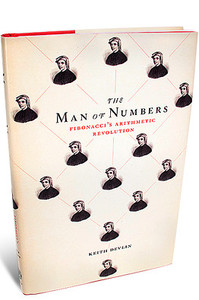From archive of the Joy Cardin show:
Wednesday
6/8/2011
7:00 AMJoy Cardin – 110608B
After seven, Joy Cardin asks her guests a weather-related Big Question: “Do we rely too much on air-conditioning?”Guests:
– Stan Cox, Senior Scientist, The Land Institute. Author, “Losing Our Cool: Uncomfortable Truths About Our Air Conditioned World” Author’s blog: http://losingourcool.wordpress.com
– Arthur Diamond, Professor of Economics, University of Nebraska at Omaha. Author, conference paper, “Keeping Our Cool: In Defense of Air Conditioning” (http://artdiamond.com/)
Link to streaming version of debate between Art Diamond and Stan Cox (author Losing Our Cool) on whether air conditioning is good (Diamond) or bad (Cox). Broadcast on Joy Cardin Show on the Wisconsin Public Radio network on Weds., June 8, 2011, from about 7:00 – 7:50 AM: http://wpr.org/webcasting/play-wma.cfm?FileName=jca110608b.wma&pagename=/webcasting/audioarchives_display.cfm






